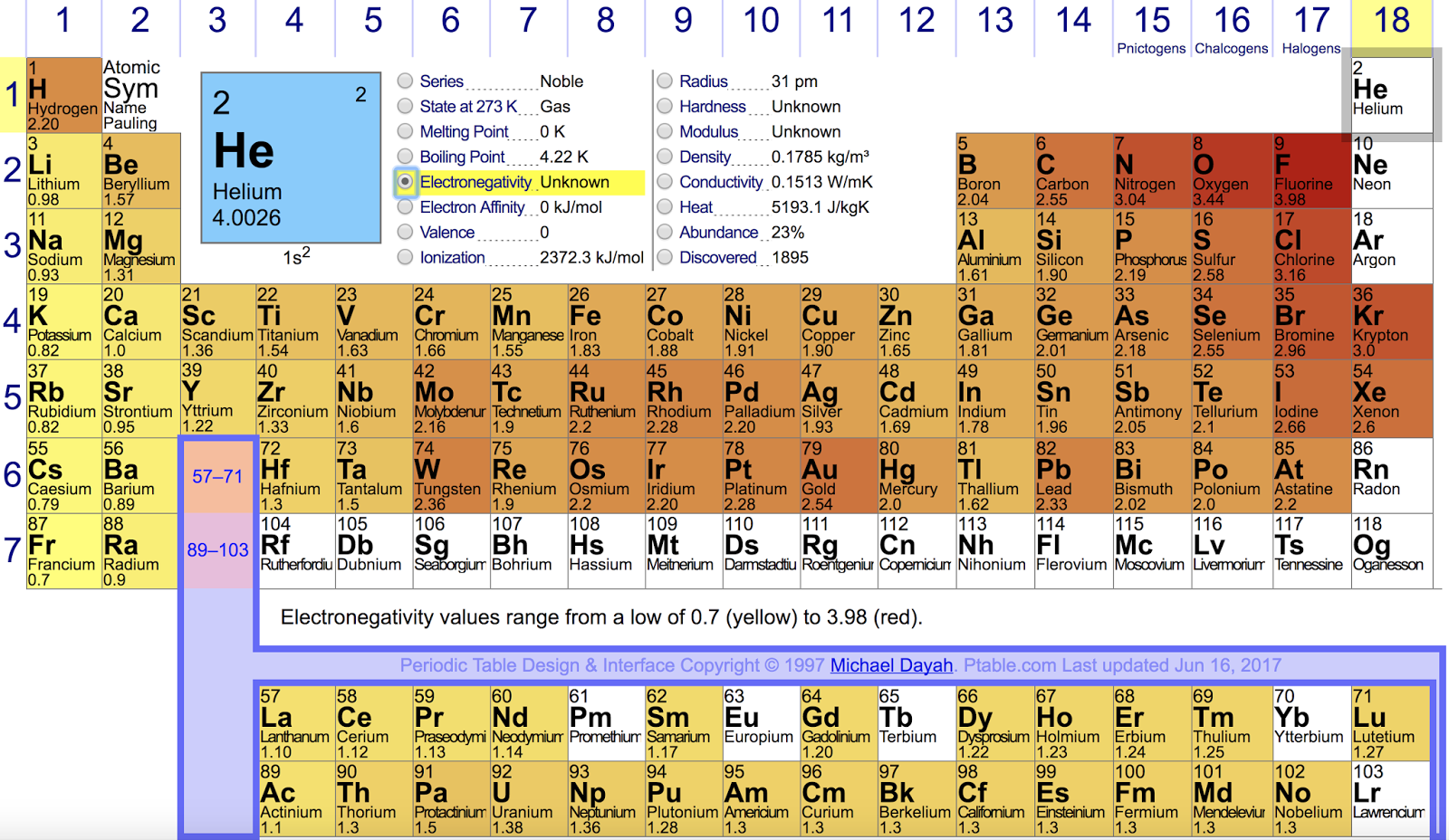Electronegativity And Polarity Relation
Chapter 5.6: properties of polar covalent bonds Bond polarity, electronegativity and dipole moment Electronegativity difference chart
Electronegativity Difference Chart
6.1: electronegativity and polarity Electronegativity and polar covalent bonding Bond type using electronegativity
Electronegativity pk electron
Electronegativity polarity bond difference type between chemistry two ionic atoms relationship molecularElectronegativity chart polarity periodic elements table type bond difference charts element determine atoms chemistry two electronegative most atom trends common Electronegativity polar difference bond ionic between atoms polarity covalent bonds pure molecules chart type values bonding table vs two increasesCovalent polar ionic bonding bonds polarity electron molecules chemical electronegativity hydrogen atoms nonpolar polaire libretexts structures covalente molecular electrostatic liaison.
Chemistry covalent bonds compounds molecular electronegativity difference characteristics ch150 examples diagramHow can i determine bond polarity? + example Stoichiometric basics: chemistry for kids!: electronegativity andBond polarity electronegativity molecular shape covalent ionic bonding chemistry atoms types between different figure two polar nonpolar electron electrons distribution.
Electronegativity pauling periodic table trends values chemistry bonds scale linus electronic number printable atomic period noble gases chemical chart value
Electronegativity polarity bond differences atoms difference polar electronegative between electrons atom if covalent powerpoint value bonded electronegativitiesCh150: chapter 4 – covalent bonds and molecular compounds – chemistry Chemical compoundPolar periodic nonpolar table electronegativity vs molecules electron atom elements when loses becomes below higher darker source.
Electronegativity difference bond typeElectronegativity and bond polarity Polarity electronegativityElectronegativity polarity.
25+ bond polarity calculator
4.2b-electronegativity and polarityNitrogen electronegativity Electronegativity and bond polarityIonic polar covalent nonpolar covalent chart.
Chemistry electronegativity bond ionic binding verschil covalente covalent polar teaching bonding table kids polaire gradation periodic een basics stoichiometric choosePolarity bond dipole electronegativity moment chemistry practice problems Polarity electronegativity bond chemistryMakethebrainhappy: polar vs. nonpolar molecules.
Periodic electronegativity compound britannica electron values atoms atom cs bonds atomic electronegativities pairs ions
Electronegativity (en) & bond polarityPeriodic table 8.7: bond polarity and electronegativityElectronegativity and electronegativity chart in pdf.
Electronegativity covalent elements difference bonding chloride nacl dummies hydrogen socratic chlorine hcl transition memorize formed image0 metalsElectronegativity bond type using Electronegativity range6.4 polarity of molecules.

Chemical compound - Trends in the chemical properties of the elements
How can I determine bond polarity? + Example

8.7: Bond Polarity and Electronegativity - Chemistry LibreTexts

MakeTheBrainHappy: Polar vs. Nonpolar Molecules

Electronegativity Range

Electronegativity Difference Chart
Electronegativity and Bond Polarity - Chemistry Tutorial - YouTube
electronegativity (EN) & bond polarity - YouTube